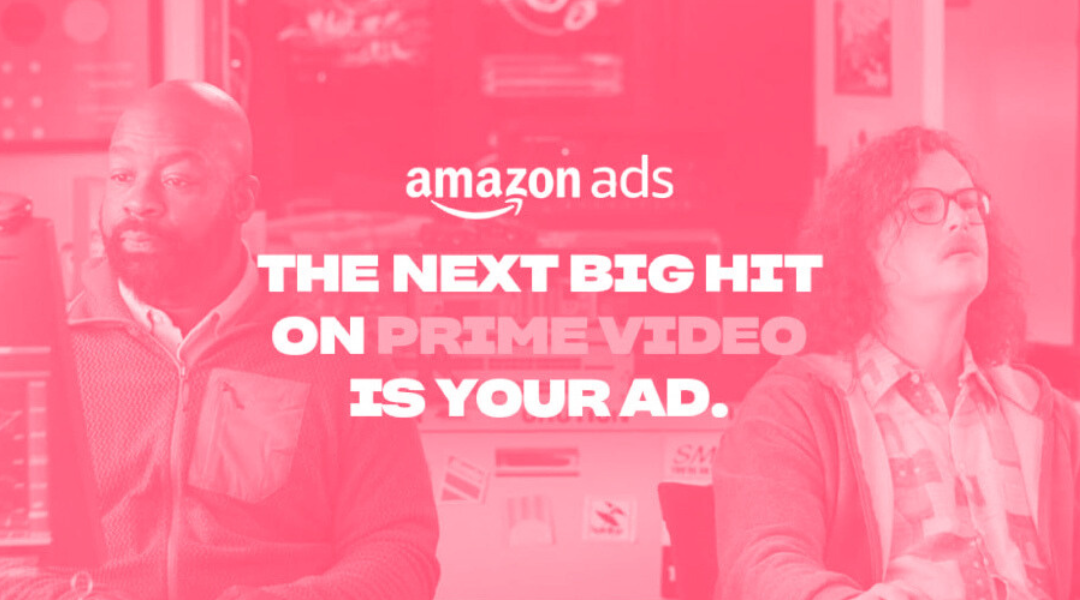1 min read
How Amazon Ads works and why it is key to your digital strategy
Amazon is no longer just a marketplace or a place to place orders with one click. By 2025, the company has established itself as one of thethree...
Plan, activate and control media to hit targets with precision.
Turn data into smart decisions with advanced analytics and modeling.
Efficiency, governance and scale for agencies and teams.
![[Ebook] SEO + AI: eBook to Master AI Overviews and GEO](https://www.adsmurai.com/hubfs/MKT%20-%202025/WEB/Resources%20-%20Banners/HeaderEN_Ebook_SEO+AI.png)
[Ebook] SEO + AI: eBook to Master AI Overviews and GEO
Learn how to structure and distribute your content so generative models can understand it, trust it, and reuse it in their answers. A practical guide to compete and appear in AI Overviews and AI-powered assistants.
Discover more
In recent months, Amazon has hit the accelerator with a new generation of ad formats that go far beyond the typical Sponsored Products or Sponsored Brands.
If Amazon Ads used to be synonymous with pure performance, it now dives headfirst into experience and interaction, with formats that blend video, behavioural data and instant shopping.
And heads up: we’re not just talking about “watching ads”, but about buying, interacting or discovering products while you watch content on Prime Video or browse via Alexa. Advertising integrates into the user’s natural flow—frictionless and without forcing the click.
In this article we cover:
We’ve also included links to other blog posts that go deeper into topics like Amazon Ads strategy, feed optimisation and creative automation so you can build a well-rounded strategy.
TABLE OF CONTENTS
Amazon earned its reputation as a direct sales channel, but in 2025 its ad ecosystem now competes head-to-head with platforms like Meta or YouTube in branding and engagement.
A few data points to set the scene:
In other words, Amazon Ads has become a space where brands can build, inspire and sell at the same time.

Let’s get practical. These are the newest and most powerful formats within the Amazon Ads ecosystem, with real examples and tips to make the most of them.
During a break in the Prime Video content, a carousel of related products appears.
Viewers can browse, select and add to cart without leaving the video.
Practical example:
If you sell beauty products, you can show a carousel with your new moisturiser line right during a lifestyle or fashion series. Users see them, pick the shade or skin type and add to cart instantly.
Tip: match the product to the content context. If it’s a cooking scene, show utensils—not cosmetics. And measure the add-to-cart rate directly in your dashboard.
📘 Related: How to create a Brand Store on Amazon so users who click your ad land in a coherent, personalised experience.ç

When viewers pause a Prime Video title, an overlay appears with a brand message, purchase buttons, or more information.

Example:
If you sell athletic footwear, a message could appear when pausing: “Like the hero’s trainers? Find your size here 👟”.
Pro tip: craft scenes that invite pausing—for example, close-ups of the product. That increases the likelihood of interaction.
📘 Related: Amazon Ads & Marketplaces: how to connect Paid Media strategy with Amazon
Amazon has started testing formats that turn advertising into a mini-game or trivia.
While content plays, viewers answer questions, unlock rewards, or discover new products.
Example:
A snacks brand could launch a trivia like “Do you know how many calories your favourite snack has?” and offer a coupon for the correct answer.
This format boosts brand recall and increases time exposed to the message.
📘 Related: How to optimise your campaigns on Amazon Ads
The next step for Amazon is using artificial intelligence to detect the context of the paused scene and automatically adapt the message.
For example, if the character is cooking, the pause will show kitchen products or related ingredients.
Example:
A cleaning brand can trigger a contextual ad right after a cooking scene, showing “Make your countertop spotless in seconds”.
This reduces the sense of intrusion and increases message relevance.
📘 Related: How to adapt your campaigns to Google’s new AI
All signs point to Amazon integrating more AI and machine learning into its ad formats.
Coming soon, we’ll likely see:
The line between entertainment and shopping is blurring. And those who learn to use these formats now will have a competitive edge when the rest start catching up.
The new Amazon Ads formats usher in a new era for brands: less interruption, more interaction.
They’re a real opportunity to meet consumers right where they’re watching, buying, or pausing their favourite series—with content that feels relevant.

1 min read
Amazon is no longer just a marketplace or a place to place orders with one click. By 2025, the company has established itself as one of thethree...

Snapchat has become a social phenomenon, with a young target audience between the ages of 15 and 30, the app allows images and videos to be shared...

Anyone who has ever scrolled through Facebook has seen Dynamic Product Ads. Basically they are personalised ads generated from an e-commerce product...